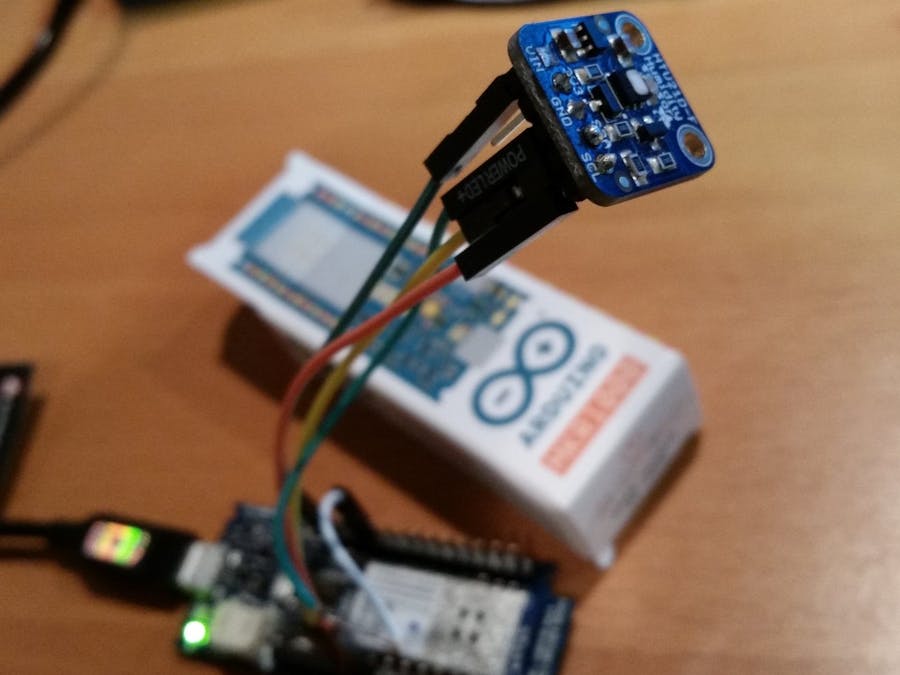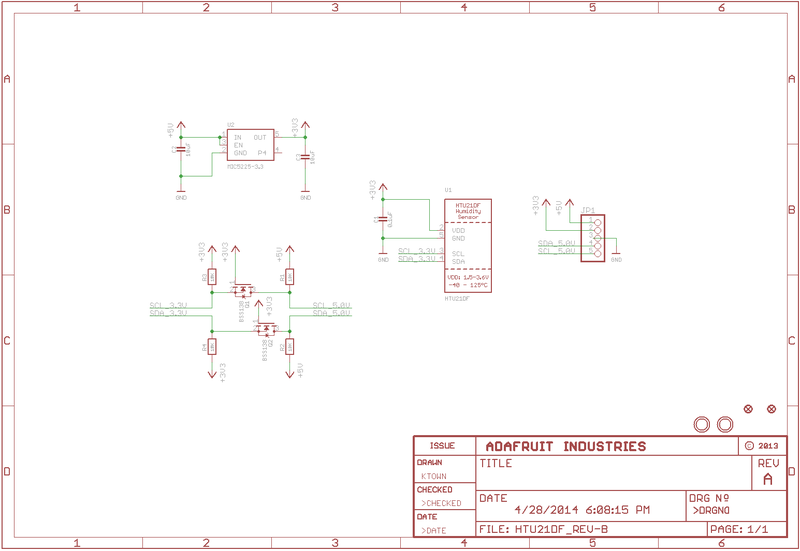I WiFi enable something that that non-geeks would say "why did you do that?" I added a MRK1000 to a humidor. Every hour it sends temperature and humidity reading.
Now according geek laws, if you WiFi enable something that should not be Wifi enable, you must give it a Twitter account too. So I did not want to lose my geek card, so created a twitter account for it.
The tweets are automated and random. They are designed to be generally disgruntled. The humidor thinks it is better than other humidors and it is not happy that it needs to report the temp and humidity to humans. This is how that project gets its name.
How it works is very simple. I used the Wifi101 Library's repeating example to create a post to a WEB API I wrote to get the temperature and humidity every hour. The Web API writes the data to a database. One out of a hundred readings will create a somewhat random sentence (generated much like a the Mad Libs books) and send a tweet via the Twitter API. www.randallcole.com/home/humidor pulls the data for the last 30 readings. Sadly my wife can now track how many cigars I smoke by looking at the humidity drops. Please don't tell her.
I would really like to thank Microsoft, Arduino, Adafruit and Hackster.io. I had a lot of fun doing this and I learned a lot. This was my first Arduino project.













Comments